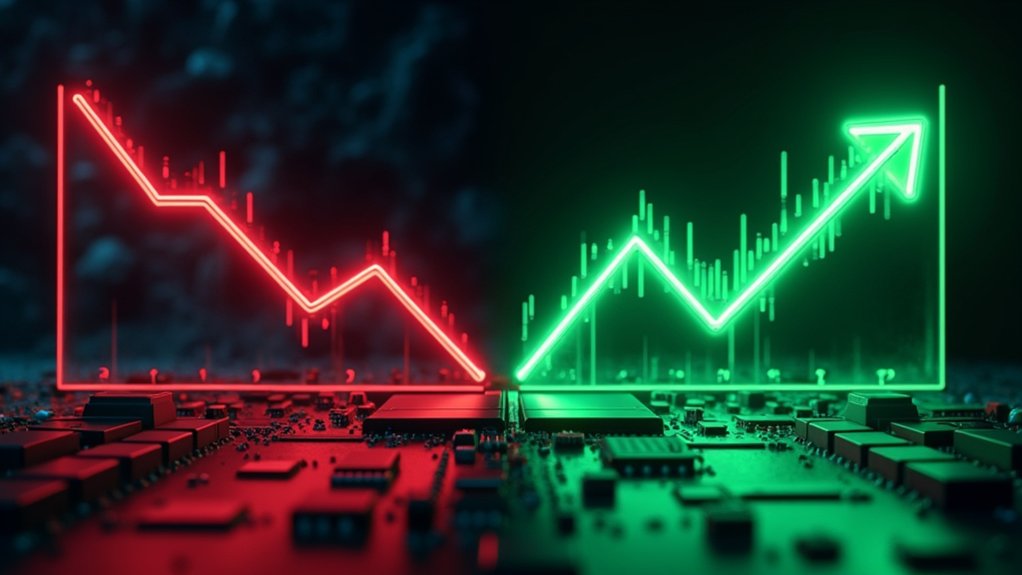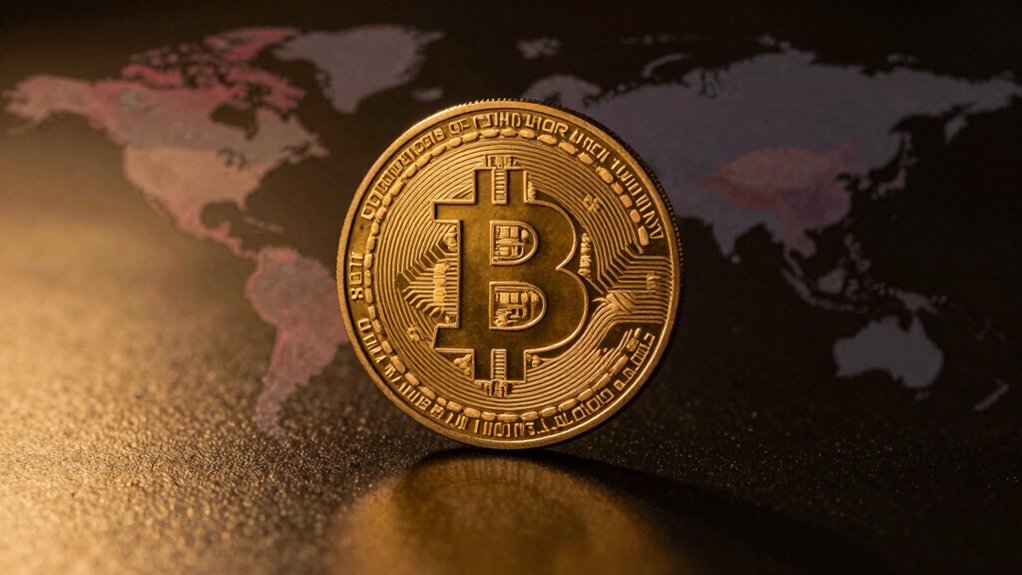How exactly does a titan of the traditional payments industry plan to transform stablecoins from speculative novelties into mainstream financial instruments without succumbing to the same pitfalls that have plagued digital currencies for years? Mastercard’s answer lies in confronting regulatory hurdles and technological challenges head-on, rather than pretending these obstacles will vanish with mere enthusiasm. The company’s strategy centers on building a trust-based infrastructure that anchors stablecoins firmly within the existing financial ecosystem, ensuring they are backed by robust reserve models that dispel the all-too-common fears of volatility and insolvency. This is no small feat; regulatory frameworks remain a moving target, demanding rigorous compliance and proactive risk management to avoid the chaos that has marred previous digital currency ventures. The recent passage of the GENIUS Act, which mandates 1:1 reserves and monthly audits, provides the regulatory clarity Mastercard needs to advance these efforts confidently. In addition, Mastercard supports a growing portfolio of regulated stablecoins globally, including USDG, PYUSD, USDC, and FIUSD, integrating them seamlessly into its payment network through the Global Dollar Network. As of 2023, 119 countries have embraced cryptocurrency legality, creating a diverse but promising landscape for such innovations.
Mastercard’s approach is unapologetically pragmatic, leveraging its vast network of 150 million merchant locations and 3.5 billion cards in circulation to embed stablecoins into everyday transactions seamlessly. Collaborations with established financial players like Fiserv, Paxos, and PayPal, alongside crypto pioneers, signal an intent not merely to dabble but to dominate, turning stablecoins into reliable, transparent instruments rather than speculative gambles. Technological challenges—such as fraud detection, chargeback rights, and programmable payments—are met with state-of-the-art security services and the Multi-Token Network, promising sophisticated, scalable solutions that traditional fiat systems can envy. These efforts align with broader international pushes for coordinated oversight frameworks aimed at harmonizing regulation and fostering trust in digital assets worldwide.
Yet, beneath the confident veneer, the question remains whether this integration will truly overcome entrenched skepticism and operational complexities or merely replicate the same issues under a polished Mastercard logo. In this high-stakes endeavor, Mastercard’s commitment to transparency, security, and regulatory alignment is not just welcome—it is indispensable, because the digital money era tolerates no half-measures.









